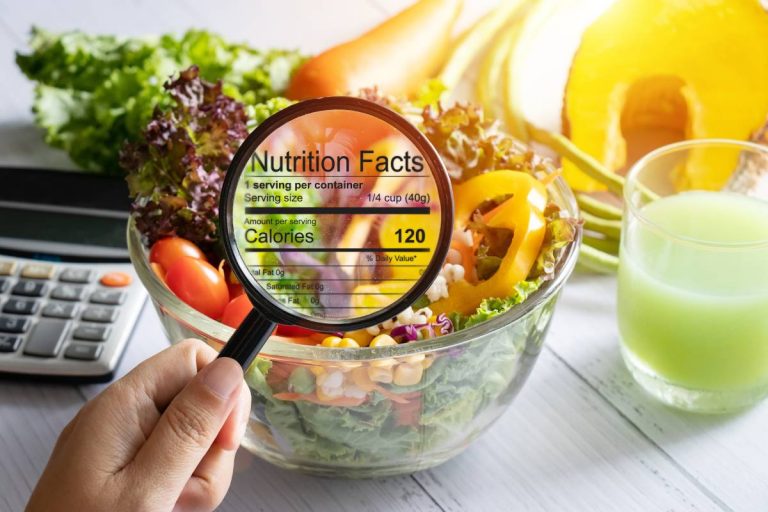Nutritional Analysis
Recipe nutritional analysis involves evaluating the nutritional makeup of a dish, aiding individuals in making knowledgeable choices about their dietary intake. This evaluation divulges details such as calories, protein, carbs, fat, vitamins, and minerals present in the recipe. Assessing recipes in this manner is crucial to guarantee that individuals are maintaining a well-rounded diet. Transparency is essential, ensuring that patrons are well-informed.
For this purpose, we harness the USDA National Nutrient Database alongside the ICMR Database for Indian ingredients. Employing our exclusive algorithm, we compute a comprehensive report spanning across 109 diverse nutrients.

When conducting nutritional analysis of recipes, it is important to consider portion sizes. The nutritional content of a recipe may vary depending on the portion size. Therefore, it is important to indicate the portion size of a recipe when conducting nutritional analysis.
Nutritional analysis of recipes is particularly important for people with specific dietary needs or health conditions. For example, people with diabetes may need to monitor their carbohydrate intake, while people with high blood pressure may need to monitor their sodium intake. Nutritional analysis can help these individuals to determine whether a recipe is suitable for their dietary needs.
Furthermore, nutritional analysis of recipes can help individuals to make healthier food choices. By understanding the nutritional content of a recipe, people can make informed decisions about the food they consume. For example, if a recipe is high in saturated fat, people can opt for a healthier alternative.
In conclusion, nutritional analysis of recipes is an important process for people who want to make informed decisions about the food they consume. It provides valuable information about the nutritional content of a recipe, which can help individuals to make healthier food choices and meet their dietary needs.
